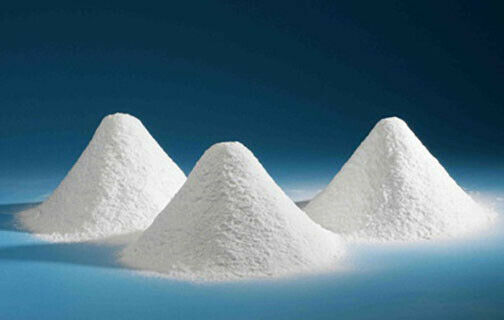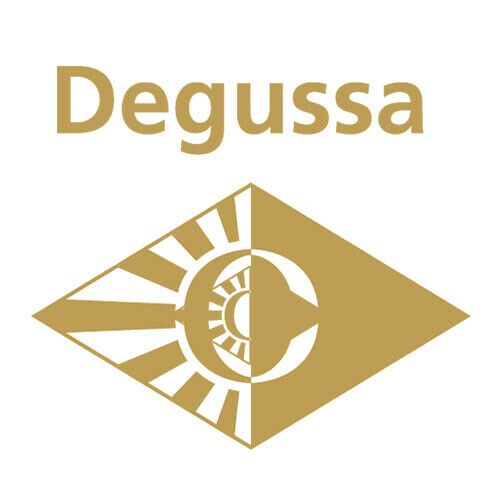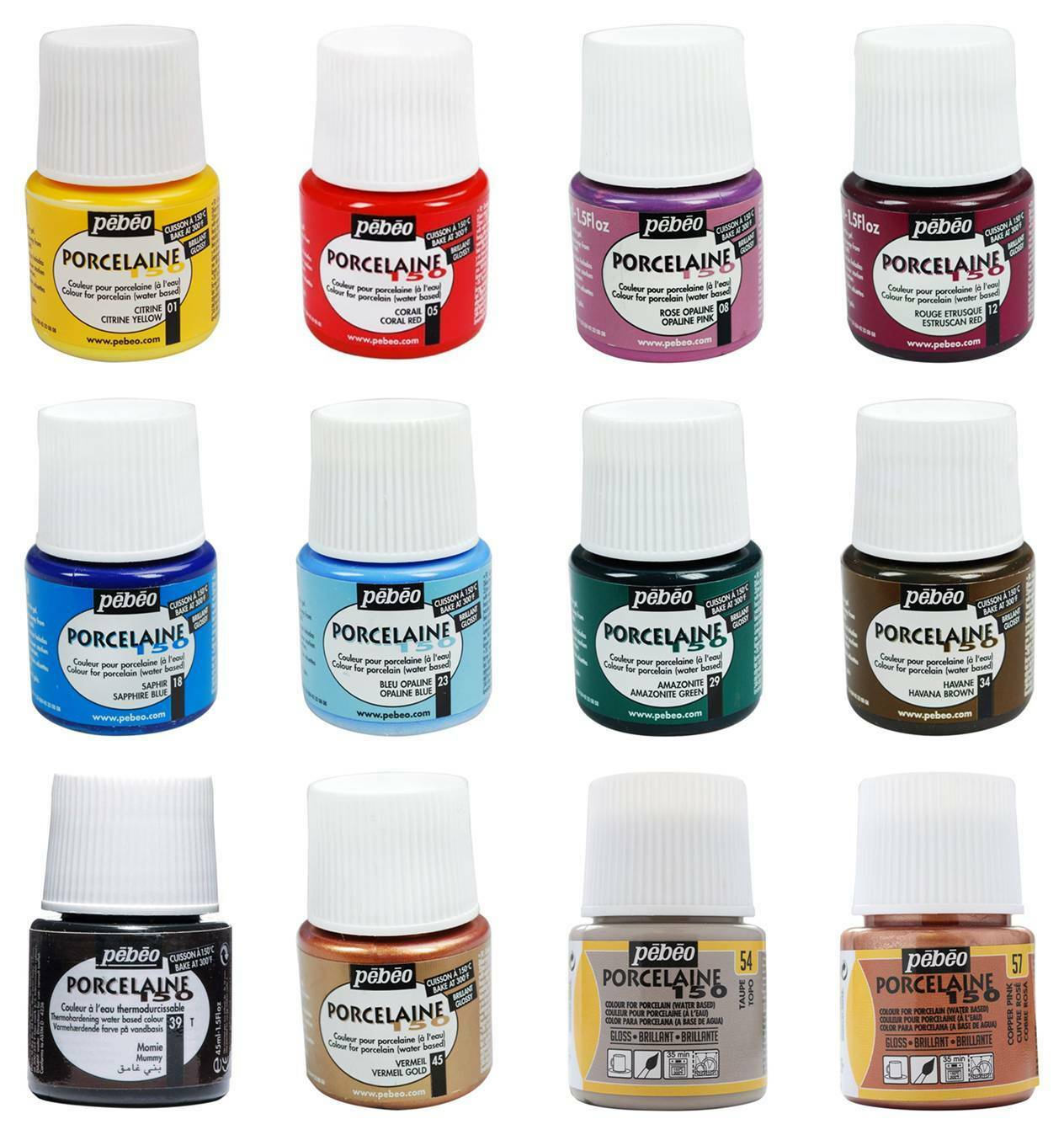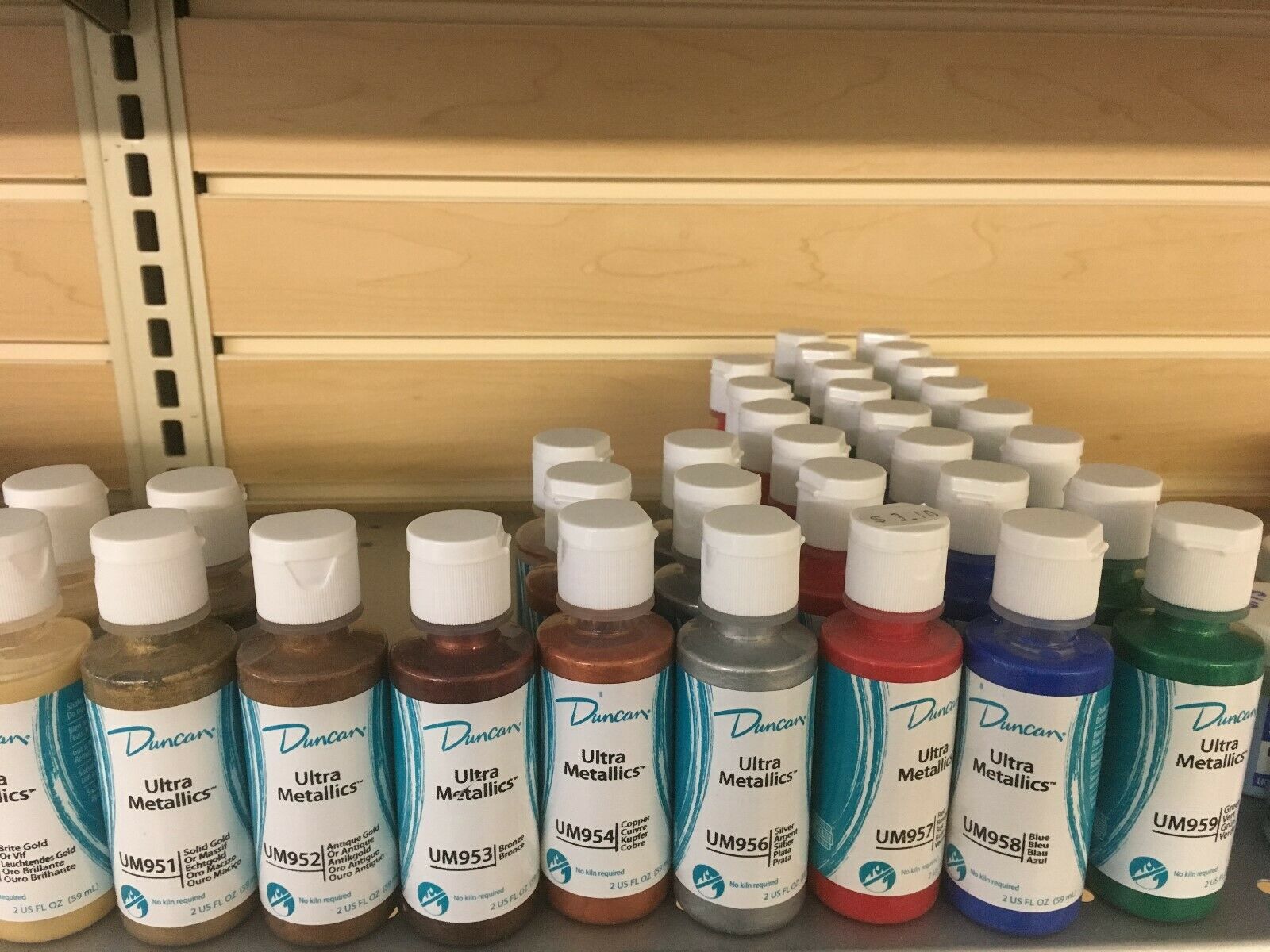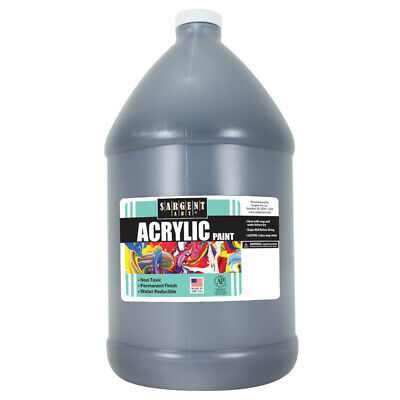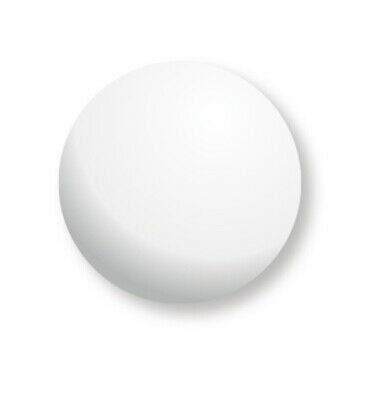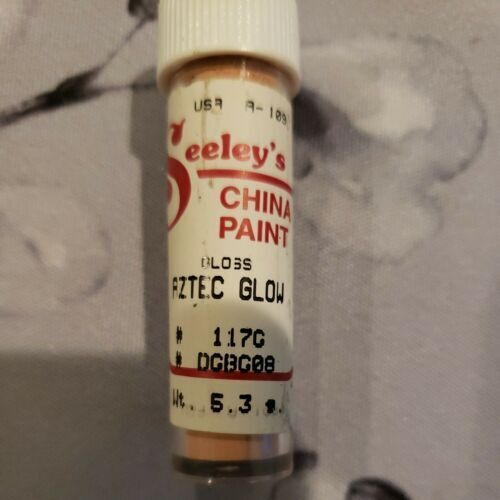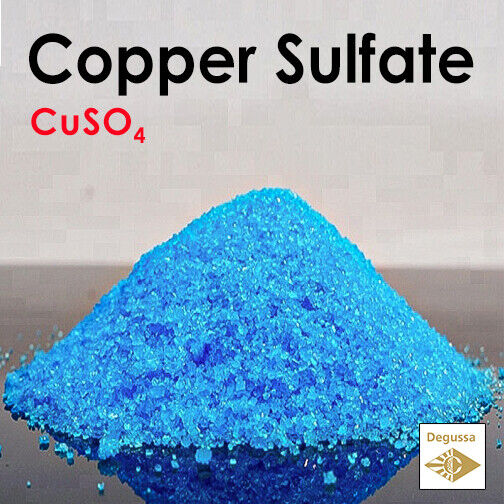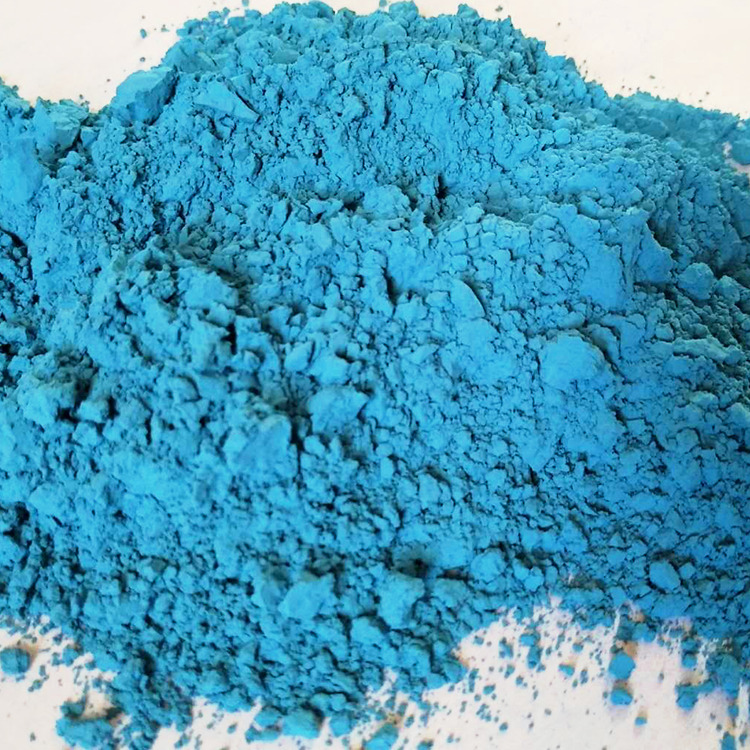-40%
Zirconium silicate - Zircon White Pigment Zirconite Zircosil for Pottery China
$ 1.89
- Description
- Size Guide
Description
Zirconium silicateTake a look at other Materials for Ceramics!
- Effect Glazes
- Pigments (stains)
- Colour Glazes
- Underglazes
- Lustres (lusters)
- Gold, Platinum, Silver
- Colourless Glazes
- Frits, Tools, Oxides, and Thinners
Formula:
ZrSiO4
Material Name:
Zirconium(IV) silicate - nanopowder
Topological Polar Surface Area
:
92.2 Ų
Complexity
:
19.1
Density
:
4.56 g/cm³
Molecular
Weight
:
183.31
g/mol
Description
Visit the site
ceramic-glazes.com
for more information.
Powdered zirconium silicate is also known as zircon flour. Zirconium silicate is usually colorless
Zirconium silicate is used for manufacturing refractory materials for applications where resistance to corrosion by alkali materials is required. It is also used in production of some ceramics, enamels, and ceramic glazes. In enamels and glazes it serves as an opacifier. It can be also present in some cements. Another use of zirconium silicate is as beads for milling and grinding. Thin films of zirconium silicate and hafnium silicate produced by chemical vapor deposition, most often MOCVD, can be used as a high-k dielectric as a replacement for silicon dioxide in semiconductors.
Zirconium disilicate is used in some dental crowns because of its hardness and because it is chemically nonreactive.
Uses in Pottery
Zircon is normally used in glazes for opacification (converting a transparent glaze to an opaque). The silicate form or zirconium does not matte glazes (like pure zirconium oxide, actually, zirconium dioxide, does). The exact amount needed varies between different glaze types. 10-12% is normal, but up to 20% may be required to opacify some transparent glazes. When the saturation point is achieved crystallization begins to occur. It is most effective at low temperatures. Tin oxide can be a more effective opacifier than zircon (it has various advantages and disadvantages).
As a glaze opacifier the white color produced by zirconium silicate is often characterized as 'toilet bowl white'. Tin oxide, by contrast can produce more of a blue-white, but tin is subject to alteration of the color (toward pink) if there is any chrome in the kiln atmosphere. If the shade of white is too harsh, it can be toned by shifting part of the opacification burden to tin or by adding a tiny amount of stain (e.g. blue, brown, grey).
The low expansion or zircon will tend to reduce crazing in glazes. In a non-crazed glaze, the presence of sufficient zircon can reduce thermal expansion enough that there is a danger of shivering (the glaze formulation may need to be adjusted to accommodate, e.g. more Zircon lowers glaze thermal expansion). It is best to exclude the chemistry of the zircon materials from participation in glaze chemistry calculations, treating it simply as an addition (then take into consideration its effect on glaze properties on a physical rather than chemical level)
Payment and Shipping
You can order another quantity. I always combine the packages. The costs for posting depend of total weight of the package.
If your delivery address is in a country outside of the EU, the parcel may be subject to a customs fee. A lower value will be written on the customs declaration, however, sometimes the parcel can be checked and/or delayed.
If you wish to transfer funds via bank account, I have such in UK in GBP, so ask for my bank details
.
No shipping to Argentina, sorry!
Packaging
You'll get the ordered quantity put in a polyethylene bag and labeled with the English name.
